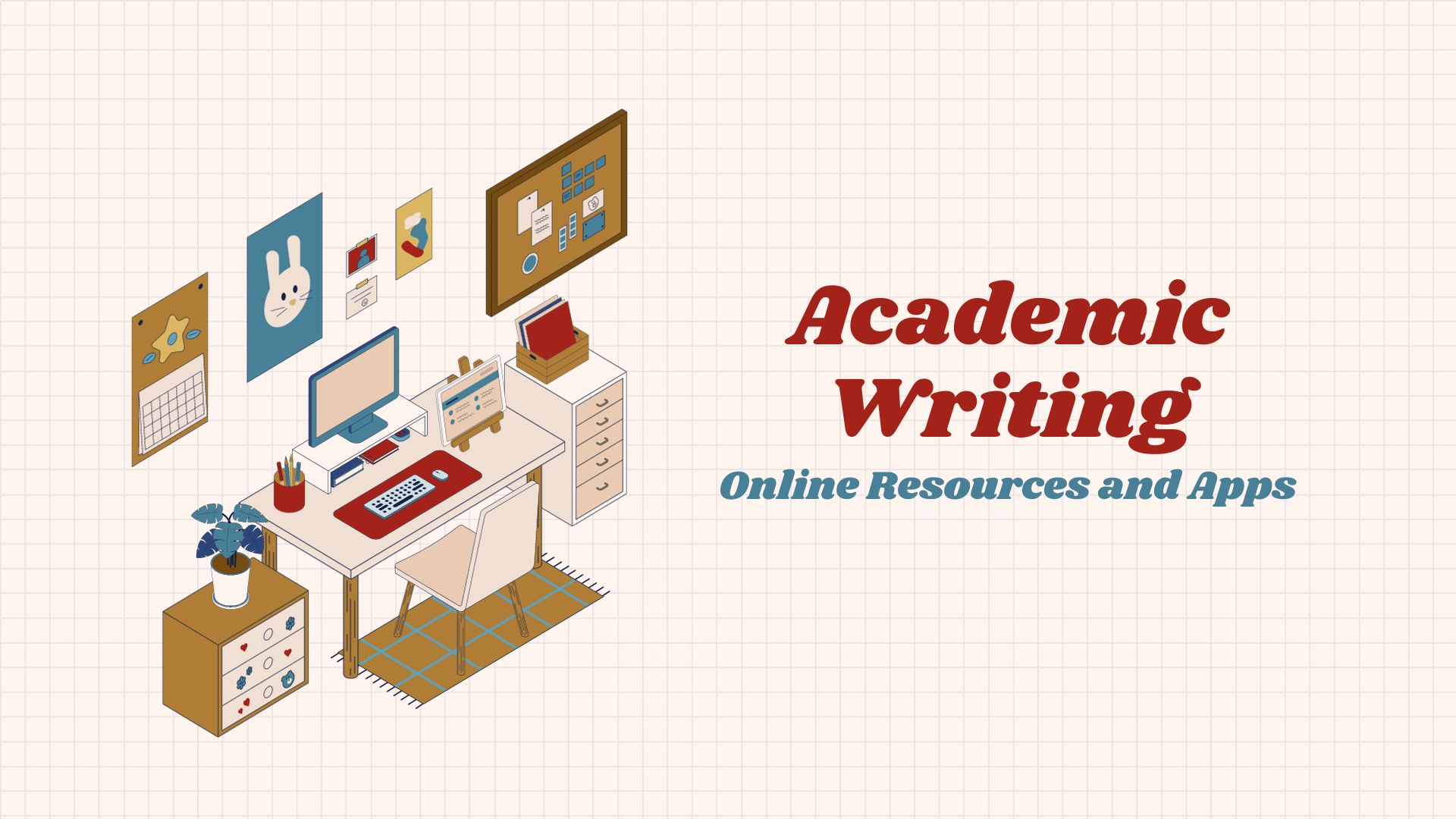Data Visualization and Getting Users out of BI Rut
Ever read an annual report without a pie graph? Me either. That's because most companies recognize the value of using visuals to break up reams of dry data and spotlight significant trends in a way that's accessible to users.
Despite this, spreadsheets – not an especially attractive interface – remain the dominant format for serving up business intelligence (BI) data. For several years, industry analysts have been saying interactive visualization technology will become a common front end to BI applications.
Use of visualization technology is growing, but it's a long way from being mainstream. According to a recent TDWI Research survey, 65 percent of users consume data primarily via tables and text versus 35 percent who mostly interact with visual charts or graphs.
Why isn't the number of folks using visual technologies higher? Is it because visualization technologies are hard to use? Or because people don't see the value of visual representation of data? Perhaps because users are suspicious of a pretty interface?
Not really. TDWI Research Director Wayne Eckerson and contributing analyst Mark Hammond sum it up nicely in the title of a Best Practices report, “Visual Reporting and Analysis: Old Habits Die Hard.”
Business people, and especially power users like business analysts, like their spreadsheets and don't see a compelling reason to switch. So, how to sell users on data visualization?
Eckerson and Hammond suggest not throwing a lot of visualization at users initially. Introduce it on a small scale and gradually add more options. Making options self-service so users can expose data and functionality as they see fit is also a good idea, they say.
In 2008 when I interviewed Mark Throssell, CEO of the Ministry of Ideas, he made a point I think it still valid today: Make sure the company is committed to the idea of visual BI, and not just using it as the latest in a series of flashy tools. Otherwise, it could become “a bridge too far after a long, expensive and often exhausting process of BI implementation.”
As with any type of BI, it must also “tap into the key resources of the enterprise” or its value will be extremely limited.

Public relations, digital marketing, journalism, copywriting. I have done it all so I am able to communicate any information in a professional manner. Recent work includes creating compelling digital content, and applying SEO strategies to increase website performance. I am a skilled copy editor who can manage budgets and people.



